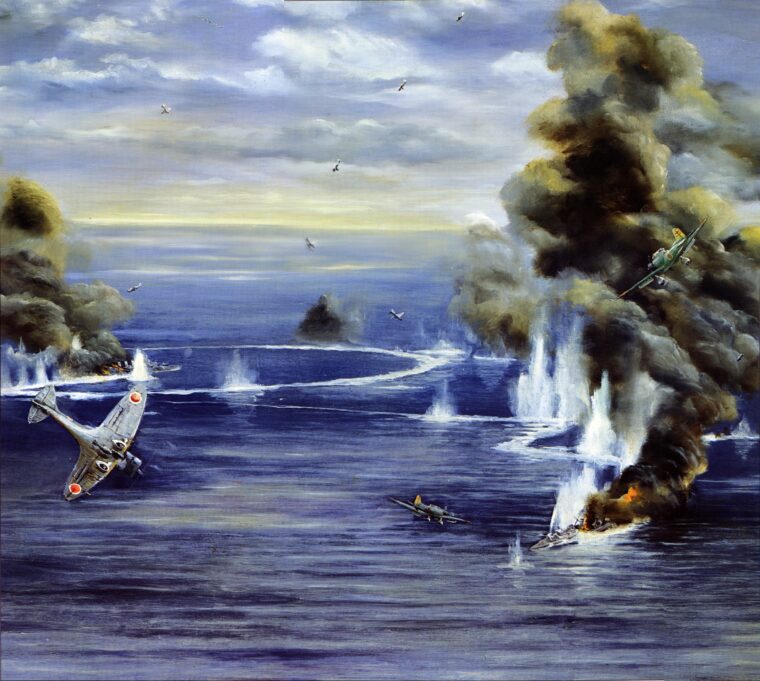
Pacific Theater
The Indian Ocean Raid: Disaster for the Royal Navy
By David H. Lippman“So this is the Eastern Fleet,” ran Vice Admiral Sir James Fownes Somerville’s signal. “Never mind. Many a good tune is played on an old fiddle.” Read more
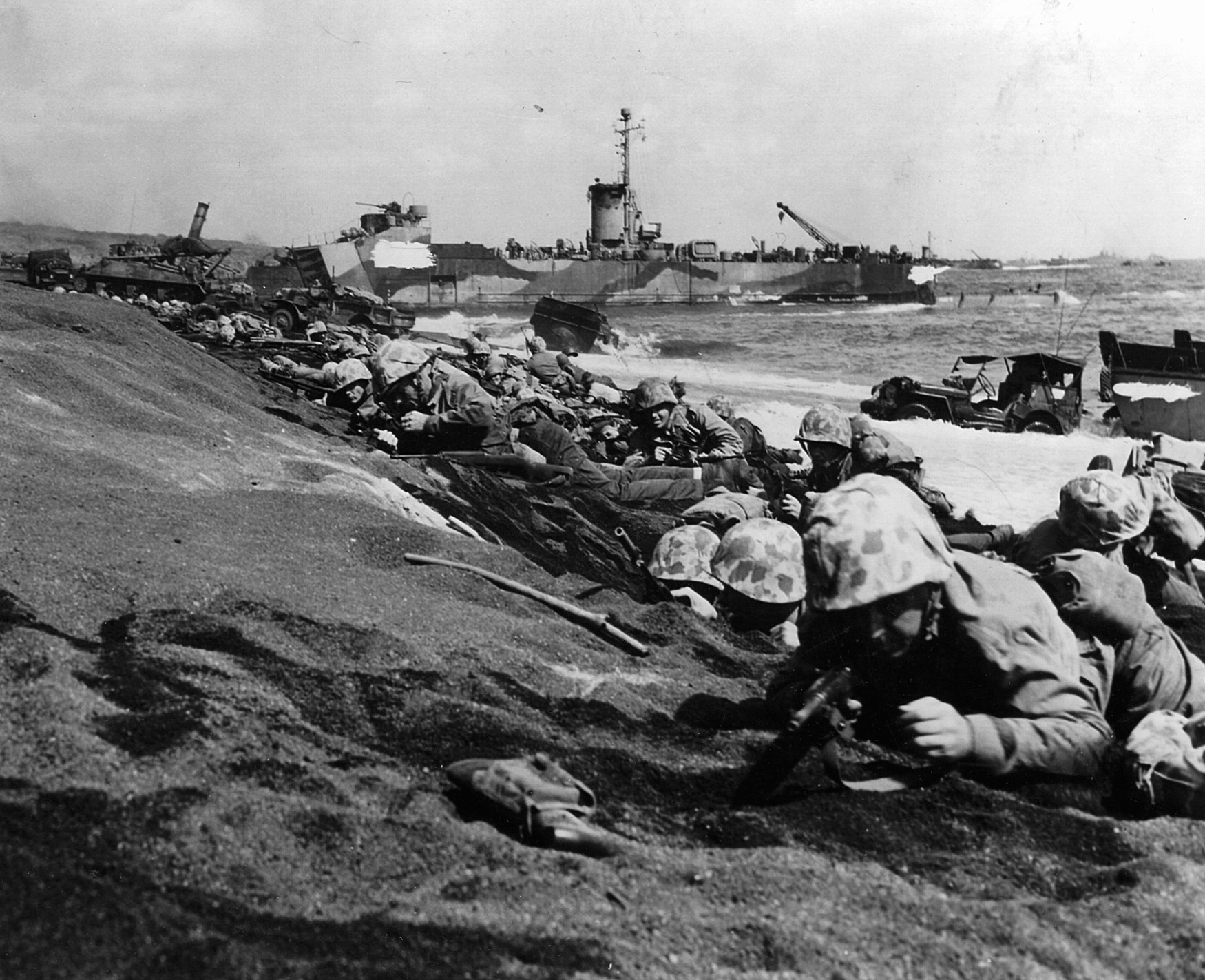
The Pacific Theater during World War II is generally regarded as the area of military confrontation between the Allied powers and Imperial Japan. The Pacific Theater consists of the entire operational expanse of the war from the Aleutian Islands in the north to Australia in the south, including island chains such as the Solomons, Gilberts, Marshalls, and Marianas. The China-Burma-India (CBI) Theater is also considered a major component of the Pacific Theater.

Pacific Theater
“So this is the Eastern Fleet,” ran Vice Admiral Sir James Fownes Somerville’s signal. “Never mind. Many a good tune is played on an old fiddle.” Read more
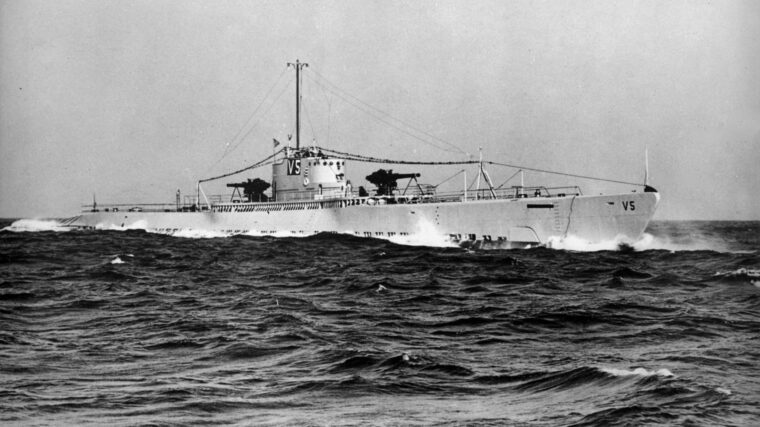
Pacific Theater
Sunsets over Manila Bay are nothing less than spectacular. Once the sun dips below the horizon there is a lingering illumination known as “blue hour” as the sky gradually shifts from pale azure to deep indigo before fading completely into the black tropical night. Read more
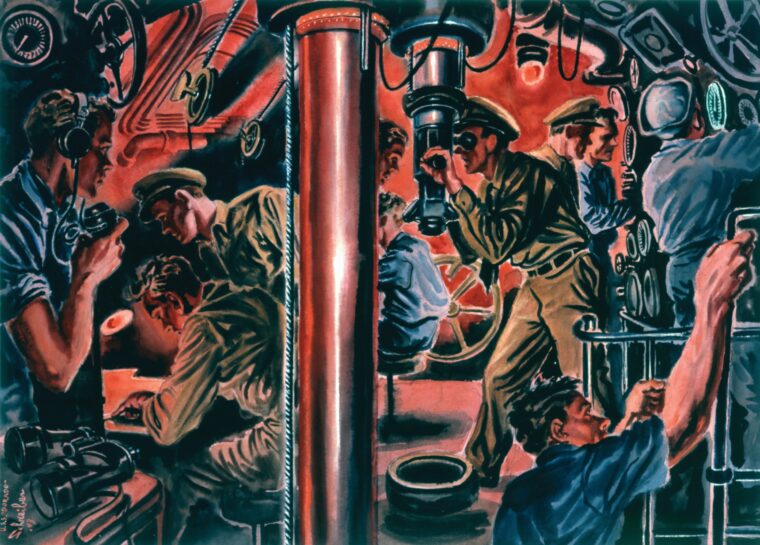
Pacific Theater
On the morning of June 13, 1944, the brilliant new aircraft carrier Taiho weighed anchor and slowly moved out of Tawi-Tawi anchorage in the Sulu archipelago in the southwestern Philippines. Read more
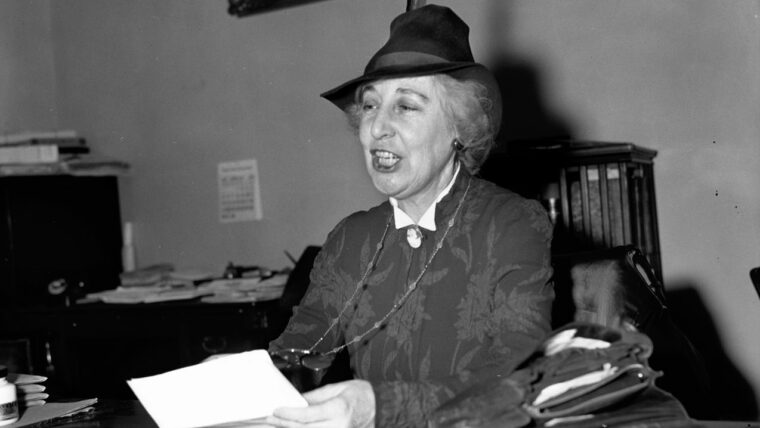
Pacific Theater
On December 8, 1941, America was still shocked by news of war. President Franklin D. Roosevelt declared that the day before had been “a date which will live in infamy” because of the “unprovoked and dastardly attack” by Japan on Pearl Harbor. Read more
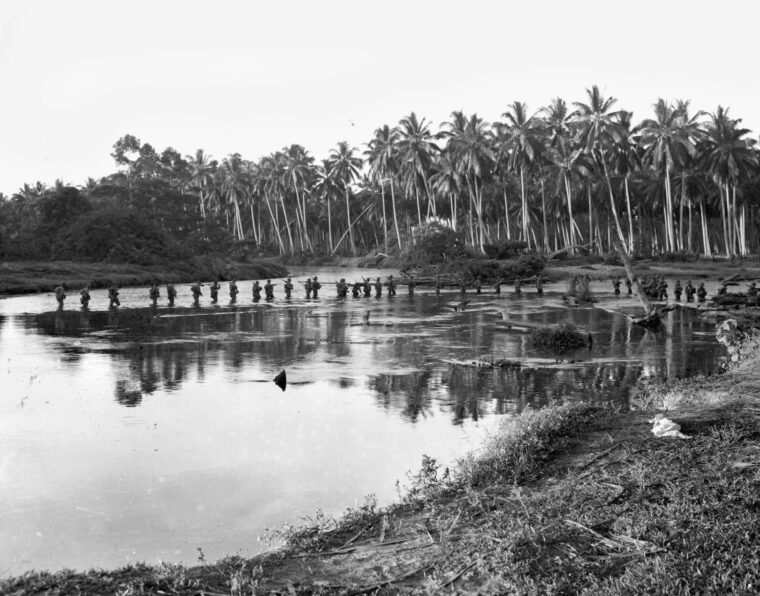
Pacific Theater
On the morning of November 6, 1942, a force of 267 Marines took its first steps into the jungle from a landing point at Aola Bay, roughly 30 miles east of the American perimeter on Guadalcanal. Read more
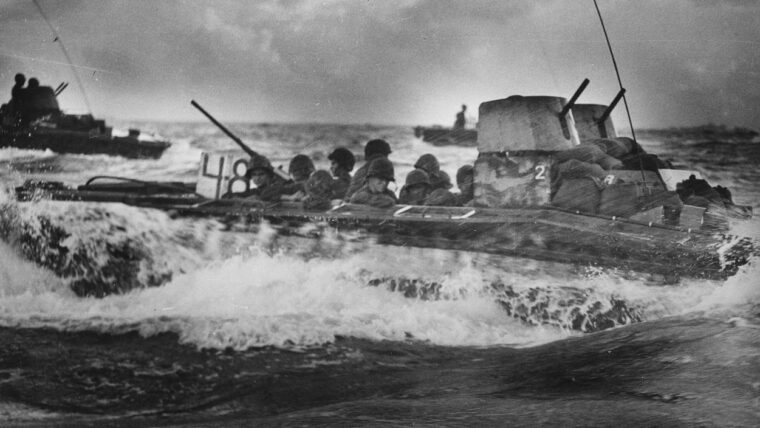
Pacific Theater
The Marines were tired, eager for a rest and the opportunity to get themselves and their equipment back into battle condition. Read more
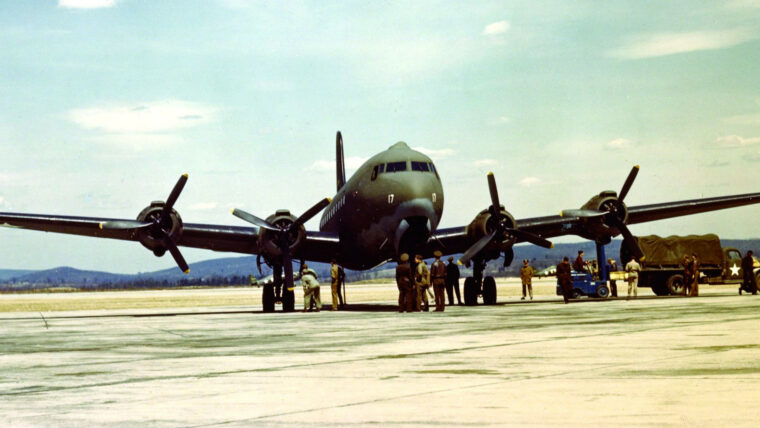
Pacific Theater
At the beginning of World War II, the globe seemed huge—covered by thousands of miles of ocean and uninhabited land mass, but by the time it ended everything had been brought closer together, thanks largely to the four-engine transports of the United States Army Air Transport Command, particularly the Douglas C-54 Skymaster. Read more
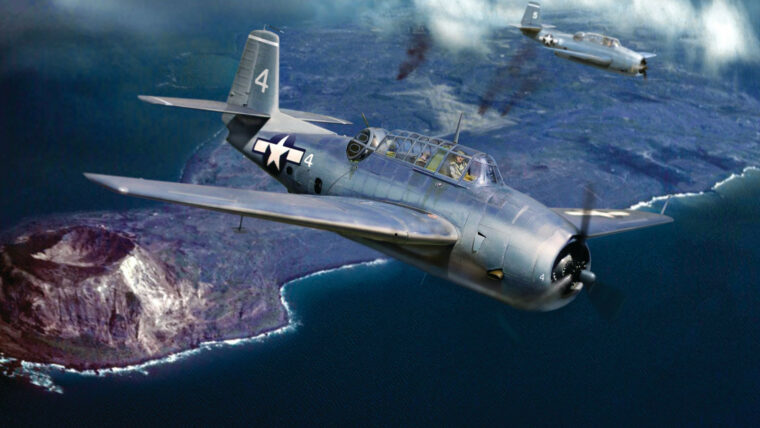
Pacific Theater
Lieutenant Harold Gilson Payne, Jr., was one of the first Americans to die at Iwo Jima. He did not fall in the carnage of the Marine invasion that began on February 19, 1945. Read more
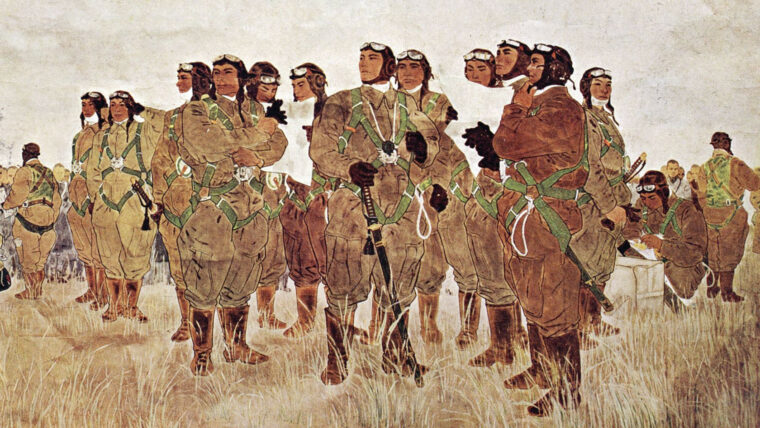
Pacific Theater
April 1, 1945, was Easter Sunday and April Fool’s Day. It was also the day the U.S. Army and Marine Corps launched Operation Iceberg, their massive amphibious assault on the Japanese island of Okinawa. Read more
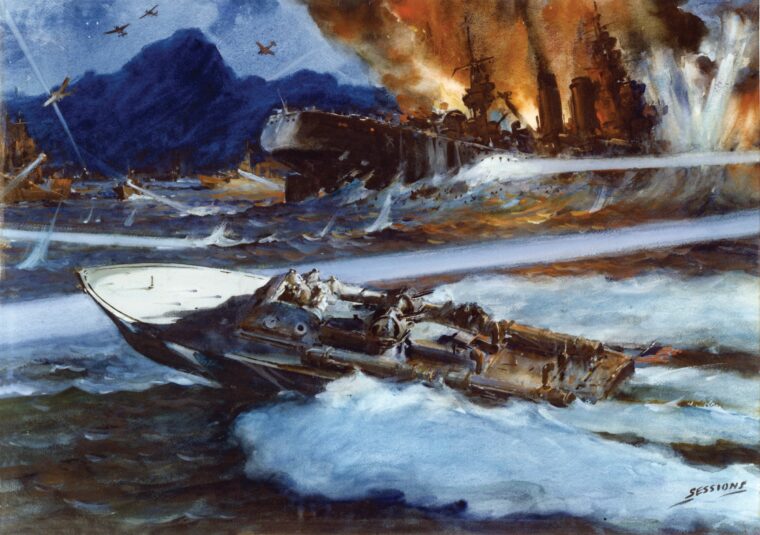
Pacific Theater
Lieutenant John Bulkeley knew something was in the wind when General Douglas MacArthur invited him for an informal lunch at his headquarters on Topside, the highest elevation on the island fortress of Corregidor. Read more
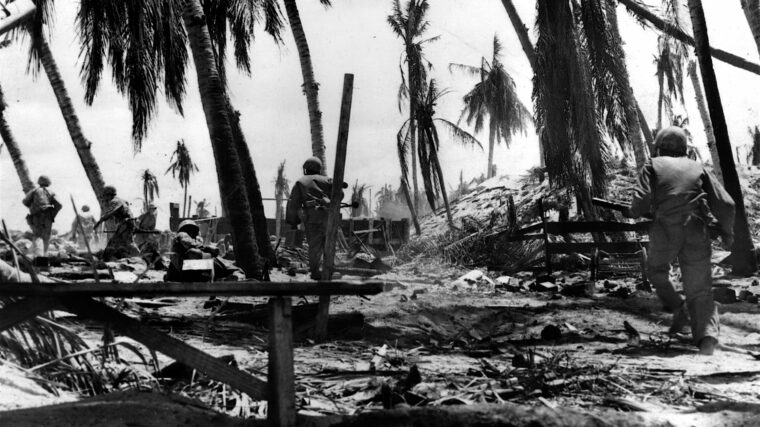
Pacific Theater
Four Medals of Honor were awarded for acts of conspicuous gallantry during the invasion of Tarawa atoll in the Pacific during World War II. Read more
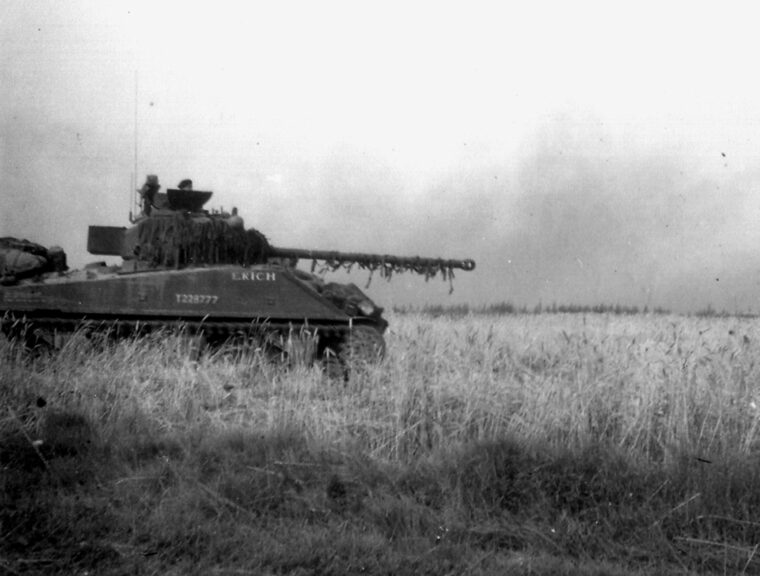
Pacific Theater
For the Allied tankers and infantrymen of the American, British, Canadian, and Free French armies battling German Panther and Tiger tanks in Normandy in the summer of 1944, the Sherman tank’s failures were glaringly evident as their own shells bounced off the hulls of the Nazi armor and they were themselves destroyed at a far greater range by the powerful German tanks. Read more
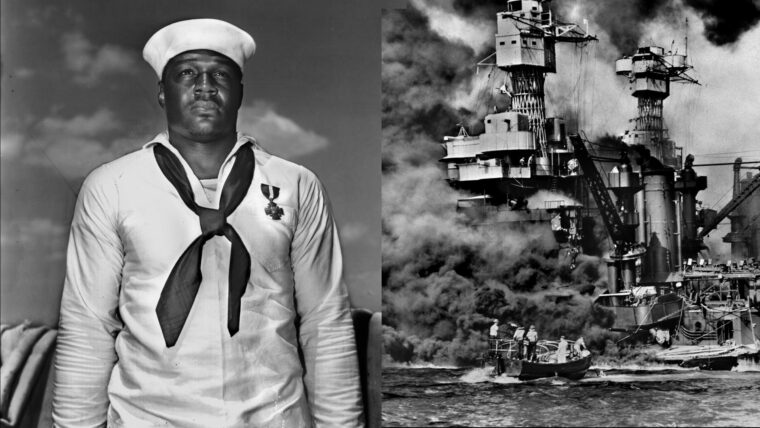
Pacific Theater
His name was Doris, but he was a powerfully built football fullback, a heavyweight boxer, and the first black American hero of World War II. Read more
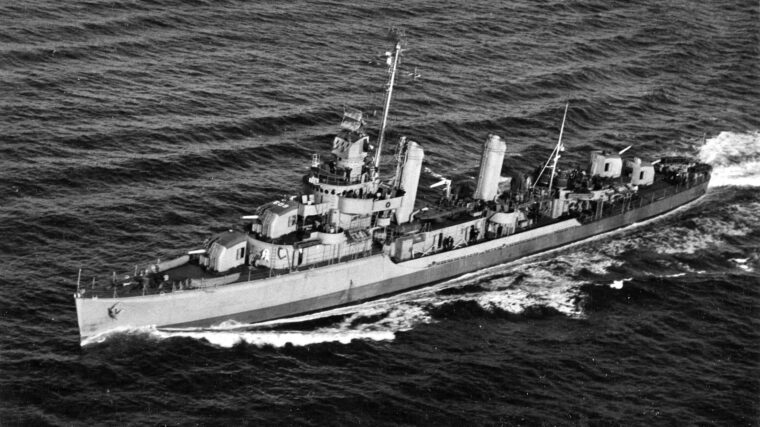
Pacific Theater
Eighty miles off the coast of New Jersey and 280 feet below the surface of the Atlantic Ocean lies the forward section of a World War II destroyer, where it came to rest more than 60 years ago. Read more
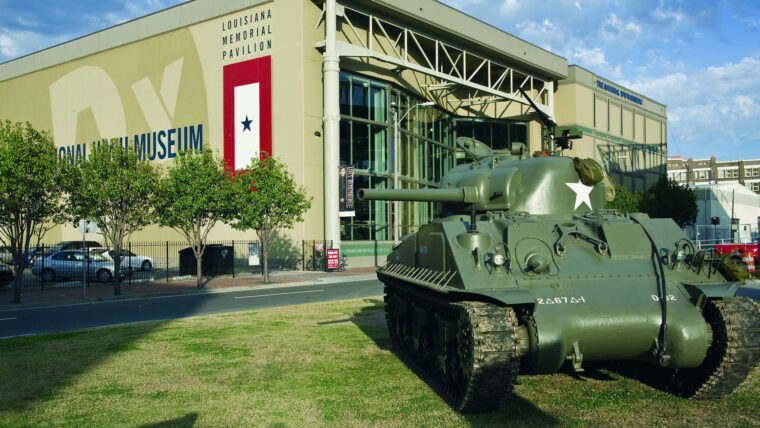
Pacific Theater
Opened on June 6, 2000, on the 56th anniversary of the D-Day landings, the National D-Day Museum, as it was then known, initially focused on the amphibious invasion of Normandy. Read more
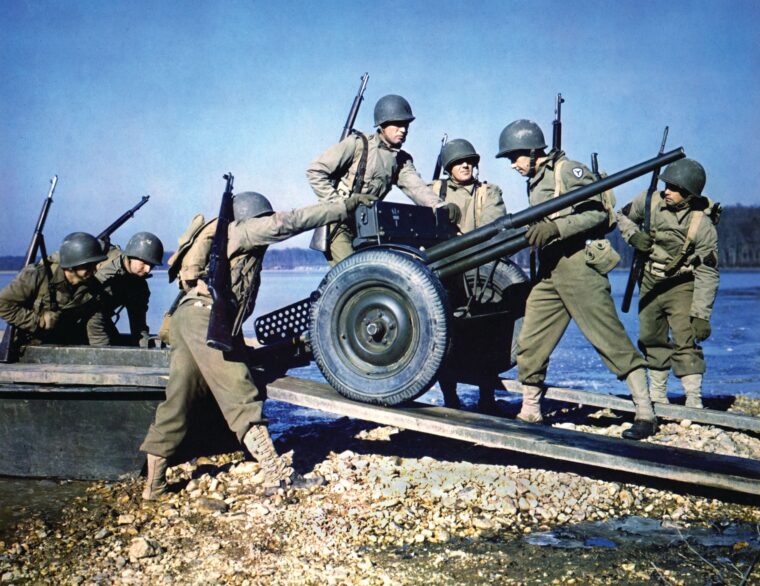
Pacific Theater
The men of Lieutenant Edwin K. Smith’s antitank platoon, 2nd Battalion, 26th Infantry Regiment, 1st Infantry Division peered over the gun shields of their 37mm cannon at the column of Vichy French armored cars approaching their roadblock. Read more
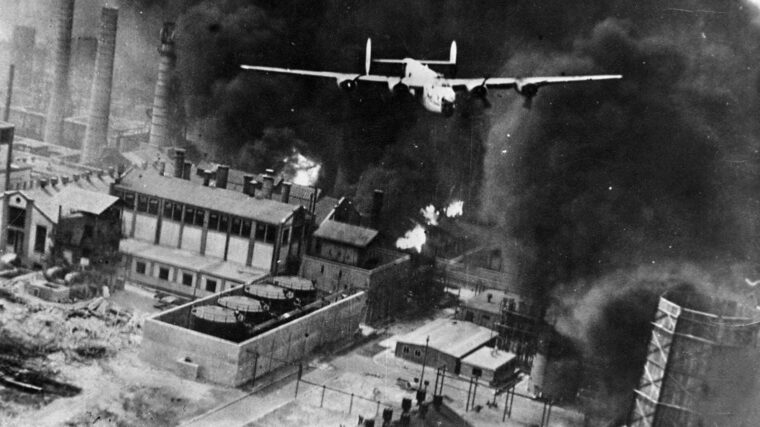
Pacific Theater
In 1942, many Americans considered anyone of Japanese ancestry to be an enemy, regardless of where they had been born or how long their families had lived in the United States. Read more
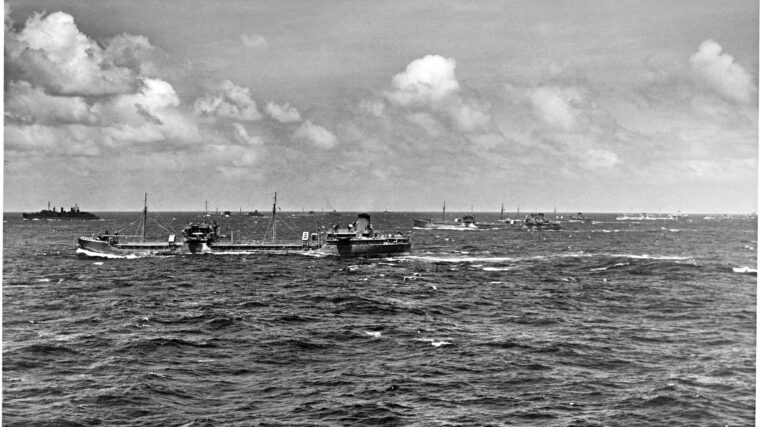
Pacific Theater
The American war in the Pacific proved to be largely a maritime endeavor. Fighting consisted of widespread naval battles between the two major opponents followed by American invasions of Japanese-held island bases. Read more
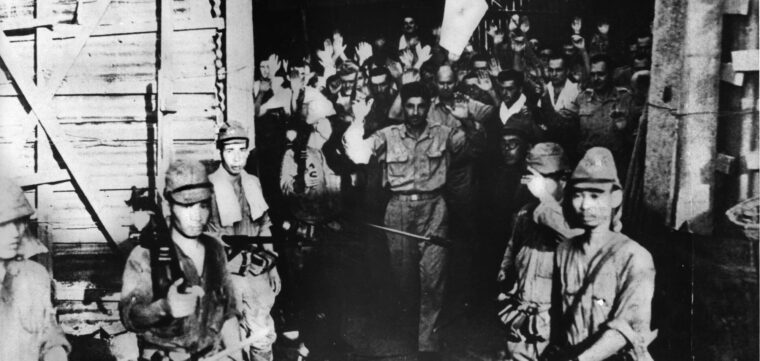
Pacific Theater
The Great Depression greatly affected millions of Americans during the 1930s, and my father, Chad Hanna, was no exception. Read more
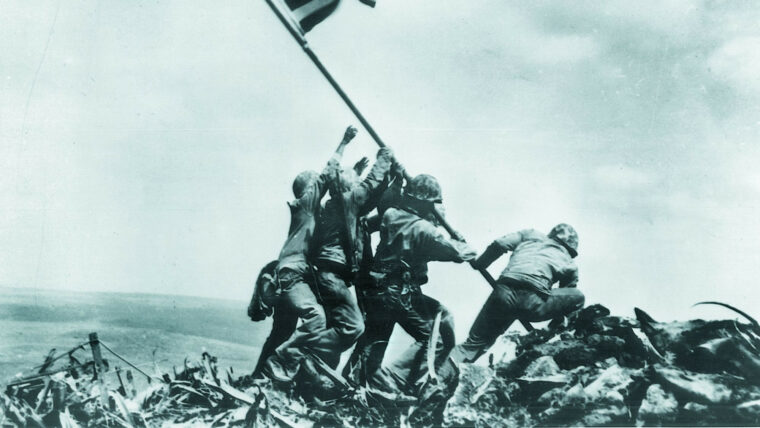
Pacific Theater
The “Raising of the Flag” photo taken by 33-year-old Associated Press photographer Joe Rosenthal on the fifth day of the Iwo Jima battle provided the world with a much-needed uplifting symbol in February 1945. Read more